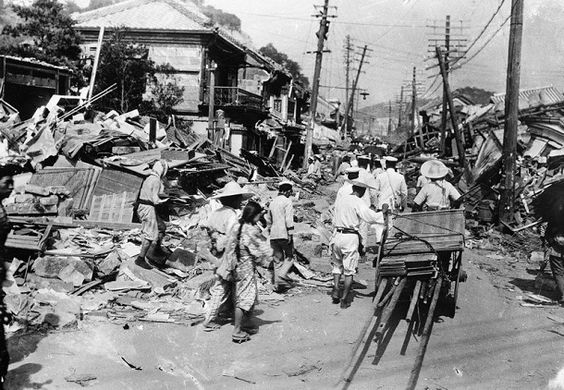An estimated 200,000 are killed when a magnitude 8.5 hits the Gansu province in China.
The earthquake that hit China’s remote Gansu Province in late 1920 was the world’s second deadliest of the twentieth century. It struck in the evening of the 16th of December in the rural district of Haiyuan near Inner Mongolia, leading to the deaths of more than 200,000 people and to severe destruction over an area of 20,000 square kilometers. Occurring in the early years of escalating civil war in the Chinese Republic, the disaster was overshadowed by major political and humanitarian crises elsewhere in the country that year, and remains a remarkably little known event despite the scale of its destructive powers and human toll.
Based on county reports from 50 counties, the estimates of total human deaths due to the earthquake ranged from 234,117 to 314,092.Many of the dead – possibly a majority – were among the region’s Chinese Hui Muslim population, which lost the most prominent Islamic figure in China at the time, Sufi sect leader Ma Yuanzhang, who was at prayer when the quake hit in the predominantly Muslim valleys of Longde district where a third of the population was killed.

